Agricultural farming is the backbone of Uganda’s economy, employing over 80% of the population and accounting for almost 30% of the country’s GDP. The sector is, however, faced with many challenges, including high costs of inputs, pests and diseases, land degradation, and climate change. In this post, we will explain some of the challenges faced by the agricultural sector in Uganda and what should be done to mitigate them. We will also highlight some success stories and initiatives that promote sustainable agriculture in the country.
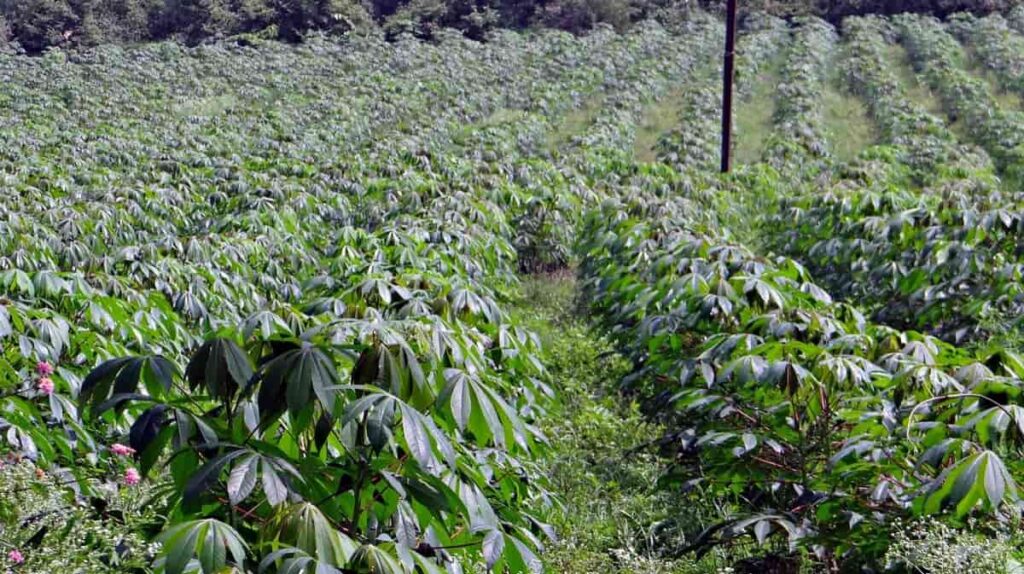
Agriculture in Uganda
Why agriculture is called the backbone of Uganda?
Agriculture is the backbone of Uganda’s economy, accounting for more than 80% of the country’s exports and employing more than 70% of the labor force. As a result, the sector is a crucial driver of economic growth and poverty reduction and plays a critical role in food security and nutrition. Uganda is a landlocked country with a tropical climate and diverse terrain.
Most of the population in Uganda lives in rural areas and relies on agriculture for their livelihoods. Agriculture contributes to about one-third of Uganda’s GDP and employs more than 70% of the labor force. As a result, the sector is a key driver of economic growth and poverty reduction and plays a critical role in food security and nutrition.
Most smallholder farmers in Uganda practice subsistence agriculture, growing crops such as maize, beans, cassava, sweet potatoes, bananas, coffee, tea, tobacco, cotton, and millet for consumption or to sell in local markets. However, commercial agriculture is also an essential part of the sector, with export crops such as coffee, tea, cotton, fresh fruits and vegetables, flowers, vanilla beans, fish products, livestock products, and timber account for more than 80% of agricultural exports.
The government has implemented policies and programs to support the development of the agricultural sector. These include investments in infrastructure (roads, irrigation systems), extension services (agricultural extension officers provide farmers with information on best practices), credit and financial services (to help farmers access capital)
Importance of agriculture in Uganda
Agriculture plays a vital role in the Ugandan economy, employing over 80% of the population and accounting for approximately 27% of the GDP. In addition, the country is largely self-sufficient in food production, with staple crops such as cassava, maize, sweet potatoes, and beans being grown across the country. Despite this, Uganda still faces significant challenges in terms of food security. In 2014, it was estimated that 3.7 million people were food insecure, with a further 2.4 million at risk of becoming food insecure.
In case you missed it: Powering Agriculture with Renewable Energy in India: How to Achieve, and Sustainable Benefits
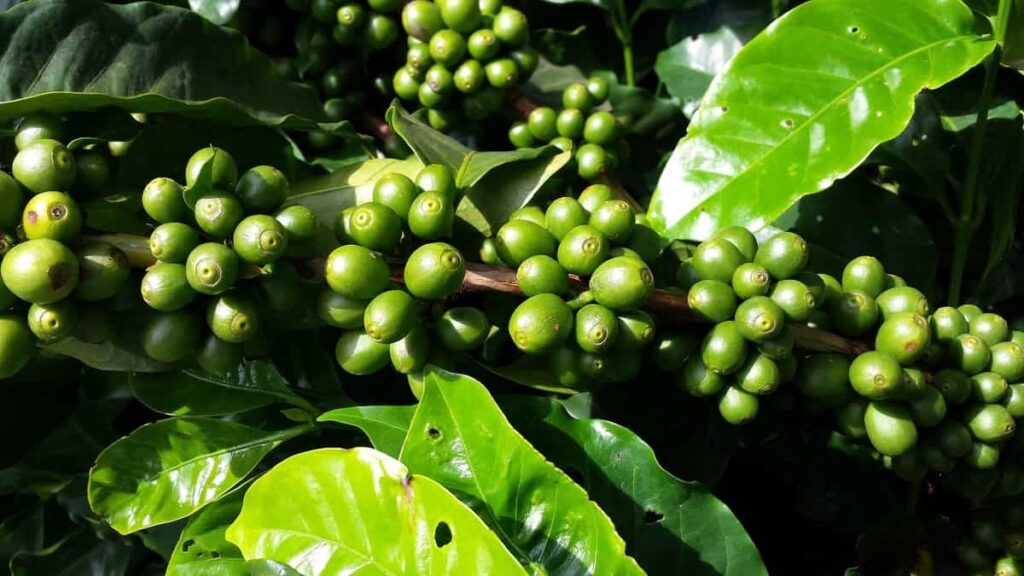
Food insecurity mainly causes drought, floods, pests, and diseases. The government has prioritized agricultural development in its national development plans to address these issues. This has included investing in irrigation infrastructure, developing early warning systems for weather-related risks, and increasing access to markets for farmers. These investments have helped to increase agricultural productivity and incomes, which is vital for reducing poverty and improving food security in Uganda.
Characteristics of agriculture in Uganda
The majority of Uganda’s agricultural production comes from small-scale, subsistence farming. However, the country has a large rural population, with over 80% living in rural areas, and depends on the agriculture sector. Uganda has a tropical climate with two rainy seasons (March to May and September to November). This provides ideal conditions for growing various crops, including maize, millet, rice, sorghum, sweet potatoes, bananas, coffee, tea, and cotton.
However, droughts are not uncommon and can have a devastating effect on crop yields. Uganda is relatively mountainous, with around 24% land area above 1,500 meters. This results in a wide variety of microclimates that can impact agriculture. For example, the highland regions are generally cooler and have more rainfall than the lowland regions.
The government of Uganda recognizes the importance of agriculture to the economy and has put in place several policies and programs to support the sector. These include subsidies for inputs such as fertilizer and improved seeds, training for farmers, extension services, and infrastructure development.
Types of Agriculture in Uganda
Agriculture is the mainstay of the Uganda economy, accounting for more than 80% of the workforce and providing over 50% of GDP. However, the sector is relatively underdeveloped, with smallholder farmers accounting for the vast majority of production. Agricultural products include coffee, tea, cotton, tobacco, cassava, maize, millet, sweet potatoes, bananas, pulses, vanilla, pineapple, and livestock. The government has emphasized agricultural development to reduce poverty and stimulate economic growth.
Accordingly, it has invested in infrastructure and developed policies to support the sector. In particular, it has introduced a system of input subsidies to help smallholder farmer’s access agricultural inputs such as seeds and fertilizers. However, the implementation of government programs has been hampered by corruption and a lack of capacity. There are three main types of agriculture in Uganda: subsistence agriculture, commercial agriculture, and agro-industry.
Subsistence Agriculture
This type of agriculture is characterized by small plot sizes (less than 2 hectares), low productivity levels (1-2 tons per hectare), and limited inputs such as fertilizer and improved seeds. Most subsistence farmers grow cassava, maize, sweet potatoes, and beans for their consumption. A small proportion sells surplus production in local markets. This agriculture dominates in rural areas where most households are engaged in farming.
In case you missed it: Crop Insurance Role in Driving Smart Digital Agriculture in Africa
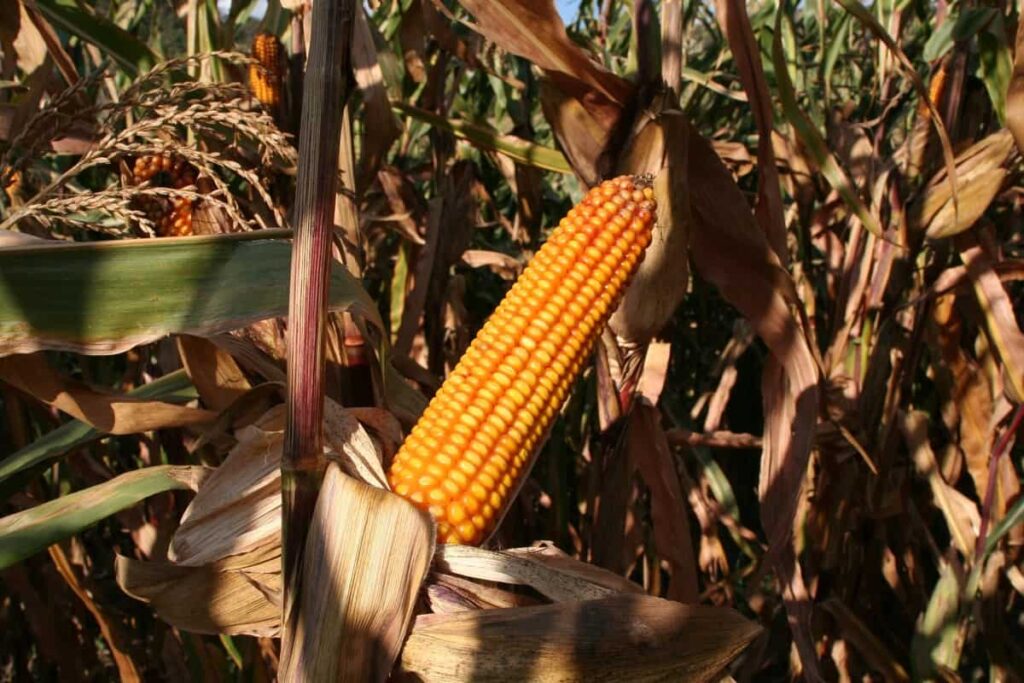
Major Agricultural Crops in Uganda
Uganda is a landlocked country in East Africa with a population of over 34 million people. The climate is tropical, with two rainy seasons. The economy of Uganda is heavily dependent on agriculture, which employs about 80% of the workforce and contributes about 27% of the GDP. Major crops in Uganda include coffee, tea, maize, wheat, rice, millet, sorghum, beans, bananas, sweet potatoes, cassava (manioc), tobacco, cotton, and oilseeds. Coffee is the most important export crop, while subsistence crops such as maize and cassava are grown for local consumption.
Most small-scale farmers practice subsistence agriculture, growing enough food to feed their families and selling any surplus at local markets. However, there is a growing trend towards commercial agriculture as farmers seek to take advantage of higher prices for cash crops such as coffee and tea. Large-scale commercial farms are also being established by foreign investors seeking to take advantage of Uganda’s favorable climate and soils.
Which type of farming is commonly practiced in Uganda?
The most common type of farming in Uganda is subsistence agriculture. This is because most of the population lives in rural areas and depends on agriculture for their livelihoods. Subsistence agriculture is mainly carried out by small-scale farmers who use simple tools and techniques.
In recent years, there has been a shift towards commercial agriculture as the government seeks to promote economic growth. As a result, large-scale commercial farms are increasingly common, particularly in the more developed parts of the country. These farms typically grow coffee, tea, maize, and tobacco.
Agriculture statistics in Uganda
Agriculture is the backbone of Uganda’s economy, accounting for more than 24% of the country’s GDP and employing more than 80% of the population. The sector is also a significant contributor to Uganda’s export earnings. Uganda’s agriculture sector comprises smallholder farmers who produce mostly for subsistence. Most farms are less than 2 hectares in size and are managed by women. Despite its importance, the agriculture sector in Uganda remains underdeveloped and faces many challenges. These include:
Low productivity
Agricultural productivity in Uganda is low due to limited use of improved seeds, fertilizers, and other inputs. In addition, smallholder farmers often need access to credit and other financial services that enable them to invest in their farms.
In case you missed it: Farming Business Plan PDF: for Poultry, Livestock, Agriculture, Horticulture, Greenhouse, and Hydroponic

Climate change
Uganda is vulnerable to climate change, which is already affecting agricultural production in the country. Drought, floods, and erratic rain patterns are becoming more common, leading to crop failures and reduced farmer incomes.
Lack of infrastructure
Poor roads, storage facilities, and irrigation infrastructure make it difficult for farmers to get their products to market and access vital inputs such as seeds and fertilizers. The government of Uganda has recognized the need to address these challenges to boost agricultural growth and development. Accordingly, it has put in place several initiatives aimed at improving the sector.
Opportunities in agriculture in Uganda
Uganda is a landlocked country in East Africa. Approximately 85% of the population is rural, and agriculture is the main economic activity. The climate is tropical, with two rainy seasons (March to May and September to November). The average annual rainfall is about 1,100 mm (43 inches). The main crops grown in Uganda are coffee, tea, cotton, tobacco, maize (corn), wheat, millet, sorghum, beans, bananas, and cassava.
Coffee and tea are the main export crops. Uganda was once a major cotton producer, but production has recently declined. Tobacco is also grown for export. Maize is the staple food crop in Uganda. Other food crops include sweet potatoes, cassava, yams, plantains, rice, and millet. In addition, sorghum and millet are essential drought-resistant crops.
Beans are an essential source of protein in the Ugandan diet. They are often grown as a companion crop to maize or other grains. Bananas are also an important part of the diet and are usually fermented to make beer. Cassava is a starchy root crop that is eaten boiled or roasted. It can also be made into flour or chips. Uganda has great potential for agricultural development. The climate is favorable for the year-round production of many crops.
Is agriculture profitable in Uganda?
Though Ugandan agriculture has declined since the 1980s, recent years have seen resurgence. This is largely due to increased government and private sector investment and new initiatives to promote agricultural productivity. Today, agriculture accounts for about 24% of Uganda’s GDP and employs over 70% of the country’s workforce. Most Ugandan farmers grow subsistence crops like maize, cassava, sweet potatoes, and beans.
In case you missed it: Vertical Hydroponic Farming: A Growing Trend In Urban Agriculture
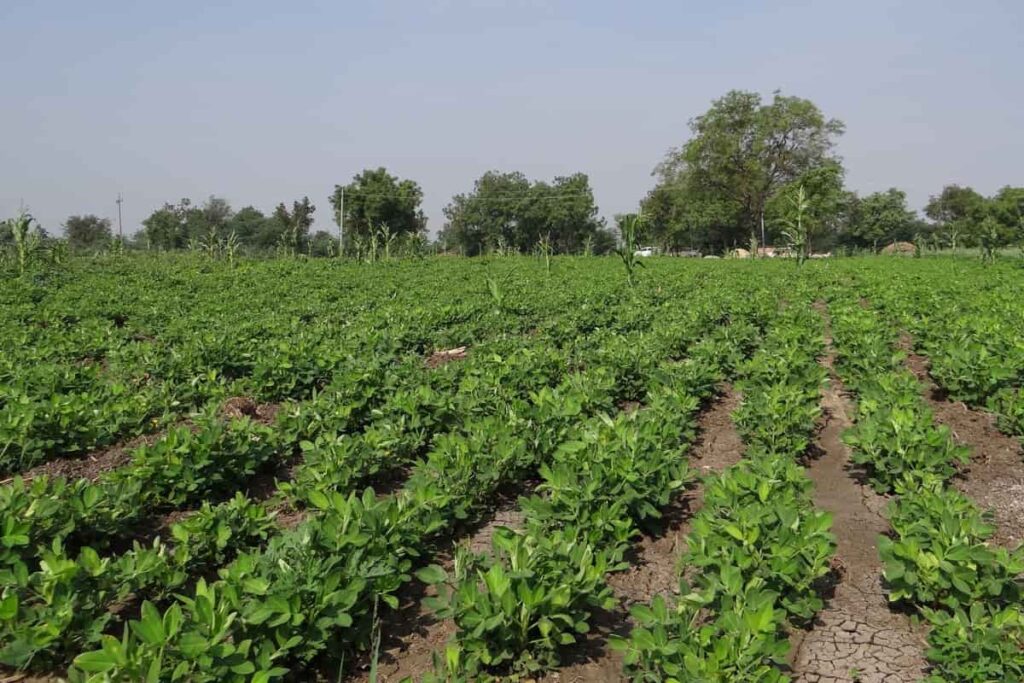
However, there is also a significant commercial agriculture sector, with export crops like coffee, tea, cotton, and tobacco as major economic contributors. The profitability of agriculture in Uganda varies depending on the crop being grown and the scale of production. For small-scale farmers growing subsistence crops, profits are often very low or non-existent. However, commercial farmers producing large quantities of high-quality crops can be quite successful. Though there are challenges, there is good potential for profit in Ugandan agriculture.
What role does agriculture play in Uganda?
Agriculture is the mainstay of the Uganda economy, accounting for about 27% of the GDP and employing over 80% of the labor force. The sector is vital to rural households relying on agriculture for their livelihoods. The government of Uganda recognizes the importance of agriculture and has made it a priority in its development plans.
The Agricultural Sector Development Strategy (ASDS) was launched in 2009 to transform Uganda into a middle-income country by 2020. The strategy focuses on increasing agricultural productivity, commercialization, and value addition. It also includes initiatives to improve access to inputs, credit, and markets; strengthen extension services; and promote research and technology transfer.
In recent years, there has been significant progress in implementing the ASDS. Agricultural growth averaged 6% per year between 2010/11 and 2015/16, well above the overall economic growth rate of 4%. This strong performance was driven by favorable weather conditions, increased use of improved seeds and fertilizers, and expanded irrigation. As a result, agricultural production has increased significantly, contributing to poverty reduction and food security.
What are the main problems of agriculture in Uganda?
- Soil fertility: Uganda’s high soil fertility levels result from centuries of agricultural production. However, this has led to soil degradation and depletion of nutrients.
- Water availability: Uganda has an uneven distribution of water resources, with some areas receiving more rainfall than others. This leads to water shortages during the dry season, which affects agricultural production.
- Pest and disease control: Pests and diseases are a major problem for agriculture in Uganda, causing crop losses and reduced yields.
- Infrastructure: Poor infrastructure is a major constraint to agricultural development in Uganda. Road networks are poor, making it difficult to transport goods to market, and there is a lack of storage facilities, which results in post-harvest losses.
How much do farmers make in Uganda?
According to the Uganda Bureau of Statistics, the average farmer in Uganda earned about $1,700 in 2017. This is slightly higher than the $1,600 they earned in 2016 but still relatively low compared to other countries. For comparison, the average farmer in the United States earned over $27,000 in 2017. So while farming can be challenging, it can be rewarding for those who can stick with it and succeed.
Problems facing agriculture in Uganda
Agriculture in Uganda is facing many challenges, including a lack of access to land, water, and other resources, as well as a lack of investment. Uganda’s population is growing rapidly, but the amount of land available for agriculture needs to catch up. This has led to a situation where many smallholder farmers are struggling to make a living. Water is another major challenge for agriculture in Uganda.
With only 10% of the country’s land being arable, irrigation is essential for farmers to produce enough food. But many farmers need access to irrigation and rely on rainfall, which can be unreliable. Other challenges include a lack of agriculture investment, high post-harvest losses, and limited market access. These all contribute to Uganda’s high levels of food insecurity.
In case you missed it: How Sonalika Tractors is Helping Indian Agriculture: Price, Models, and Dealers
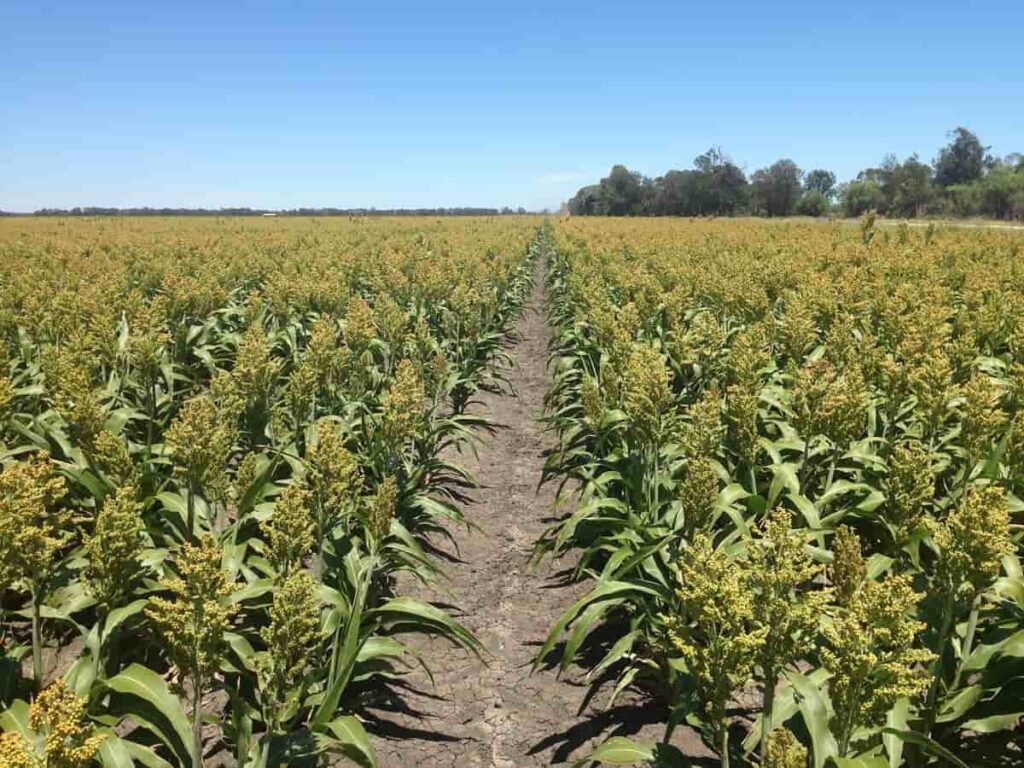
Uganda soil types for Agriculture
Uganda has four main types of soil – Sandy, Loamy, Clayey, and Sandy loam. Each soil type has its characteristics and is best suited for different crops. Sandy soil is well-drained and warm, making it ideal for crops like maize, sorghum, and millet. Loamy soil is also well-drained and rich in nutrients, making it suitable for crops like coffee, tea, and bananas.
Clayey soil is heavy and compacted, making it difficult to grow crops. However, it is excellent for holding moisture and is therefore suitable for crops like rice and potatoes. Sandy loam soil is a mix of sand and clay, making it well-drained and nutrient-rich. This makes it ideal for various crops, including vegetables, fruits, legumes, grains, and spices.
Conclusion
The agricultural sector in Uganda is an important part of the economy, employing over 70% of the population. The country has great potential for further growth in this area, and with the right policies in place, Uganda could become a leading player in Africa’s agricultural sector. However, land degradation, climate change, and limited access to inputs and markets continue to hamper progress. These challenges must be addressed to unleash the full potential of agriculture in Uganda.
- How to Raise Pigs in Your Own Backyard: A Comprehensive Guide
- Budget Friendly Sheep Shed Ideas: Cheap and Low-Cost Tips
- How Much Do Cattle Farmers Make: Revenue Streams in Cattle Farming
- Management Pests and Diseases in Your Cotton Field
- Sheep Farming Business Plan for Beginners
- Aquaponic Farming at Home: A Step-By-Step Guide
- Profitable Village Farming Business Ideas in 2024
- High-Yield Aquaculture: Fast-Growing Fish for Farming
- Effective Fish Pond Construction Techniques for Beginners
- Irrigation and Water Management in Pineapple Farming
- Blossom to Harvest: Mastering Flowering and Pollination in Papaya Farming
- Pig Fattening Essentials: From Selection to Sale for Beginners
- Raising Wagyu Cattle: A Complete Guide for Premium Beef Production
- Soil Types and Their Water Holding Capacity
- Optimizing Irrigation Schedules for Coconut Groves for Enhanced Yield
- Espresso Your Garden: Coffee Grounds for Healthier Acid-Loving Plants
- The Best Soil Mix for Snake Plants: How to Mix Your Own Snake Plant Soil
- Green Thumb Success: Expert Tips for Cultivating Greenhouse Beans All Year Round
- Bloom All Year Round: The Ultimate Guide to Indoor Hyacinth Care
- Eco-Friendly Gardening: How to Make Liquid Fertilizer from Kitchen Waste
- Ultimate Guide to Grow Anise in Pots: Explore Seed Propagation to Harvesting
- Guide to Raising Chester White Pigs: Discover Breed Facts to Growth Management
- Mastering the Elegance: The Ultimate Guide to Weeping Cherry Tree Care, Planting, and Maintenance
- Ultimate Guide to Planting Garlic in Grow Bags: Growing Strategies for Beginners
- How to Fix Spider Plant Leaf-Related Problems: Natural and Organic Remedies
- 10 Reasons Why Your Tulsi Plant is Shedding Leaves: Home Remedies and Solutions
- Optimizing Growth and Yield: The Advantages of Palm Bunch Ash Fertilizer
- Utilizing Neem Oil Extract as a Natural Pesticide for Hydrangea
- From Soil to Harvest: Various Ways in Which Farmers Can Use AI Tools
- Steps to Encourage and Induce Citrus Flowers: A Comprehensive Guide
- How to Fix Snake Plant Leaf-Related Issues: Natural and Organic Remedies
- Transform Your Garden into a Fragrant Oasis with Raat Ki Rani (Night Blooming Jasmine)
- Discover the Ideal Chicken Breeds for Philippine Farms
- How to Create a Poultry Egg Farm Business Plan for Profits
- Grow Lemon Cucumbers Like a Pro: Insider Techniques for Bountiful Yields
- Ultimate Guide to Caring for Your Pink Princess Philodendron: Tips for Thriving Variegation
